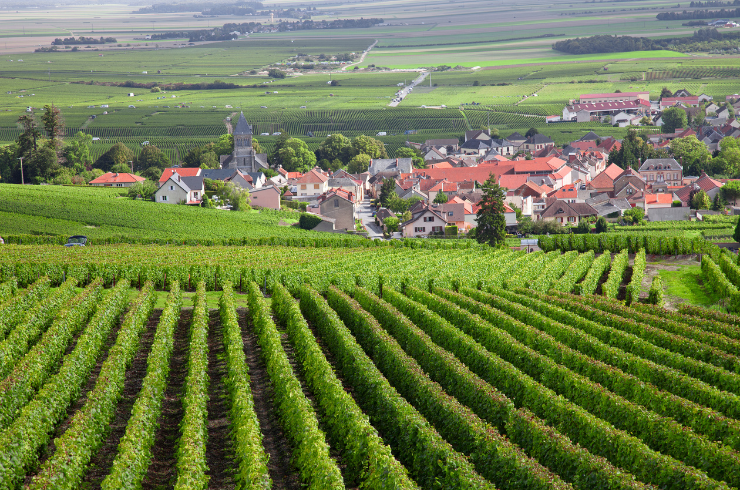I love decanting – the ceremony, the theatre, the mechanics – but it can be challenging to work out when to decant and (crucially!) when not to. I enjoy decanting youthful, exuberant red wines, allowing them to soften a little, and regularly decant concentrated white wines like Côte de Beaune Premier Cru and above, benchmark Australian chardonnay and riesling Grosses Gewächs (great growths). But when it comes to red wines with some maturity, there are only two main reasons to decant: to allow the wine to open and relax after many years in bottle, or to remove the sediment that has formed over time.
01. Do you actually need to decant?
The first thing to consider is whether you need to decant an older bottle at all. A proper examination of the bottle can give you a good indication of the condition of the wine – I particularly look at colour and fill level. If there is any hint of development beyond what might be expected from the vintage, whether it’s significant browning, or low fill, I would be more likely to open the bottle and pour it gently into the glass, to avoid excessive interaction with oxygen. This is especially true of antique wines, where the optimum drinking window can be fleeting.
02. Grape variety
Next, consider the grape variety. Some varieties are delicate and aromatic, some more robust and structured. I rarely decant wines made from pinot noir of any age, as I prefer to preserve the fragrant, elegant nature of the wine. Structured varieties such as nebbiolo and cabernet sauvignon respond to decanting in advance, unfurling and changing with access to oxygen. How far in advance is hard to predict, but I’d always prefer to keep the timeline shorter – swirling the decanter or the glass (or drinking another bottle in between!) is preferable to a wine that has fallen over.
03. Climate and winemaking
Growing conditions and winemaking can play a factor too. The nature of different grape varieties varies according to the vintage and the climate in which they are grown – as a generalisation, I find myself decanting wines from moderate or warm climates more than those from cool climates. If you’re opening an old bottle of ultra-traditional rioja made with very long oak ageing, there is often surprisingly little sediment, as the wine has naturally clarified in cask. If you’re opening a ripe, unfined shiraz from a warm region, made with lots of skin contact, the deep colour of the wine will likely produce a lot of sediment as it ages.
04. Mise en place
Think about your skill in decanting – practice makes perfect, but proper planning will increase your likelihood of success. Anything can be used as a decanter, from beautiful mouth-blown crystal to an old water jug; it’s the way that you open and pour the bottle that makes the difference. Handle the wine as gently as you can. If the bottle is lying down in your cellar, keep it horizontal and try to minimise any agitation of the sediment. If you’ve had the foresight to plan your wine selection in advance, it can make decanting far simpler if you stand the bottle upright the night before, allowing time for the sediment to settle, although very old bottles will sometimes retain a crust on the side of the glass.Old corks can be a challenge to open, especially if your storage conditions aren’t ideal, or the wine has unknown provenance. A Durand is a game-changer if you open old bottles regularly, but an Ah-So is more affordable and works very well. Gather your equipment in advance: You’ll need a bottle opener, decanter, candle, matches and a cloth for wiping any spills. Once you’ve opened the bottle and started pouring, you mustn’t stop: look through the shoulder of the bottle into the flame and without taking your eyes off the sediment, move the wine smoothly into the decanter in a single motion.
05. How is it being served?
Finally, consider how you’re drinking the wine. If there are a few of you at the table, and you’re feeling thirsty, decanting in advance is a great way to ensure that the wine is open and drinking well as soon as you pour it into the glass. If it’s an intimate dinner for two and you plan to linger over a special bottle, decant it just before serving so that you can watch the wine change and evolve in the glass – truly one of the great joys of fine wine.Image credit: RIEDEL.



